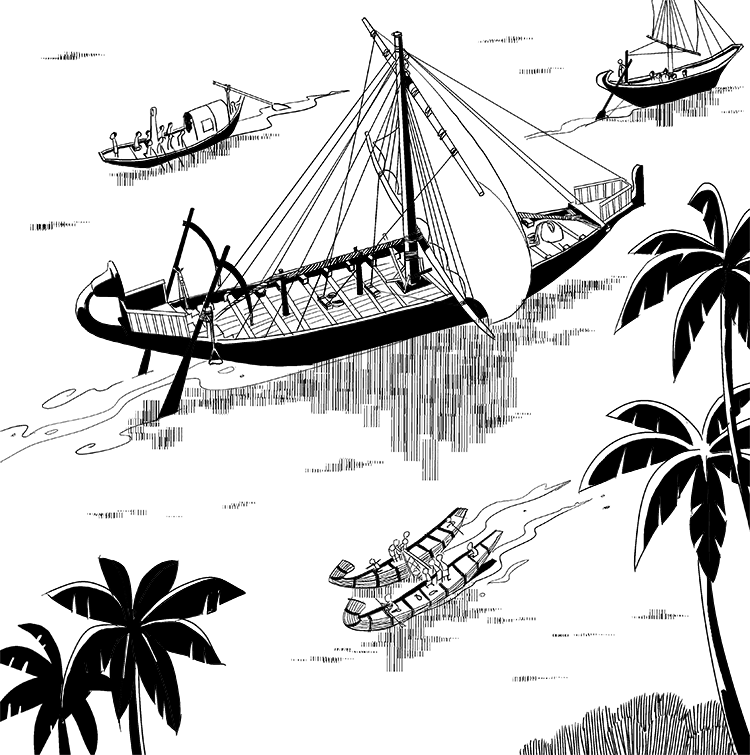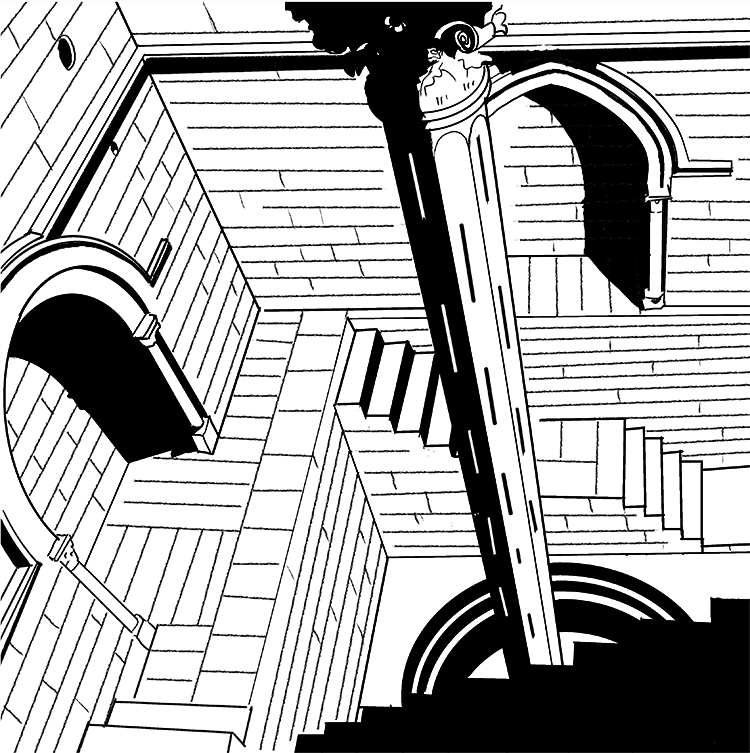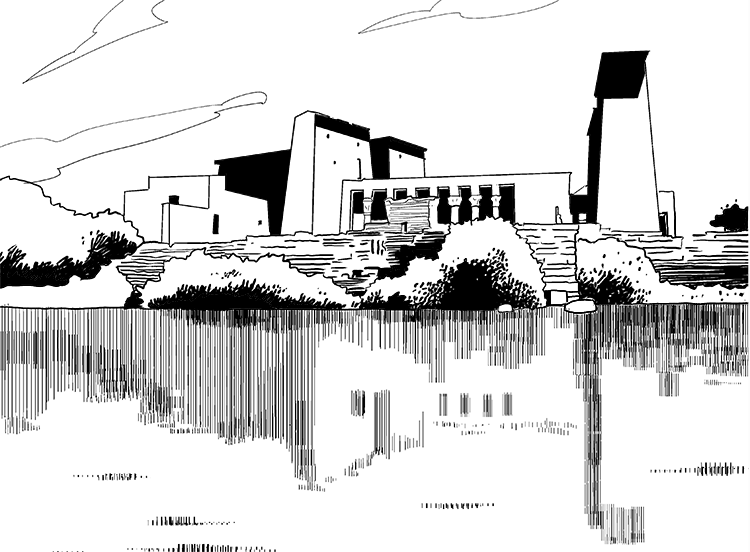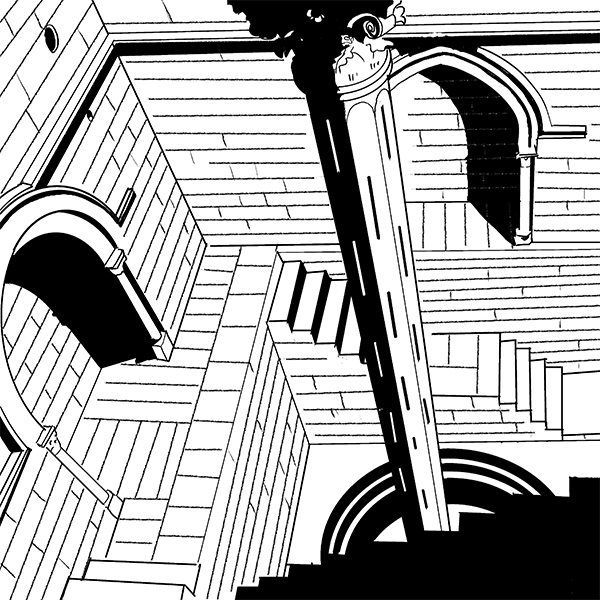Flowing for more than 4,000 miles (~7,000 km) and stretching into five different African nations, the Nile River is the one of the longest rivers in the entire world. But to the Ancient Egyptians, the Nile was far more than a river. It was a sacred source of life and the foundation to their entire society.
Making Life Possible
The Nile River cuts straight through the Sahara Desert, one of the driest, most hostile environments on Earth. Without it, there would be no life in Egypt at all. And without the floods, it’s hard to imagine a society as rich and prosperous as Egypt ever existing.
These all-important flood waters came from the mountains at the source of the Nile. Rain and melting snow ran downhill and overran the banks of the Nile.

This submerged much of Egypt. In fact, in the Nile Delta, the low-lying region near the Mediterranean Sea, the flooding was so intense that most of the land disappeared underwater during the flood.
Such an event might seem like a disaster, but the annual flooding of the Nile is what made life in the region possible. It hardly ever rains in this part of the world. The flood is the only source of water.

This irrigated the banks of the Nile, turning the landscape lush and green. But it also helped enrich it by depositing silt, tiny particles of dirt and other material. Thanks to these silt deposits, the land around the Nile remained agriculturally productive year after year.

This natural system of irrigation and fertilization combined with Egypt’s warm climate made it possible for the Ancient Egyptians to grow crops such as wheat, flax, and papyrus all year round. Plus, the mud created by the flood was often used as a building material. The Nile was also people’s primary source of drinking water.
In the end, almost all the conditions for life in Egypt were made possible by the waters of the Nile River.

Trade and Transportation
In addition to being the source of life in the region, the Nile River was also Ancient Egypt’s main highway. Nearly all the cities of Egypt and its neighbors were on the Nile because land far from the river was dry and not suitable for agriculture.
This meant that travel between these cities was done almost entirely by boat, which created an efficient system of trade and transportation within Egypt. Food was a common item for trade, but so were building materials. It’s believed the giant stones used to build the great pyramids and temples of Egypt were mined in the south and shipped north on the Nile.
People also moved along the river, particularly armies. But even commoners traveled on its waters. In fact, movement on the water was so important that the ancient Egyptians often depicted poor people as those who didn’t own a boat or a raft.
This close connection between Egyptian cities helped make it easier for them to unify under one king, also known as a pharaoh. This stability first emerged in 2600 BC and lasted for more than 2000 years with few interruptions. Part of the reason this was possible was because of the way in which the Nile River connected the various cities of Ancient Egypt.

Measuring the Flood
The annual floods of the Nile have been so important for life in Egypt that all along the river Egyptians of all ages built special structures with the exclusive purpose of measuring the floods of the river.
A Sacred River
The Ancient Egyptians were not blind to the Nile’s significance to life. They measured how much water came each year and used this to predict the success of the growing season. Beyond this, though, the Egyptians’ relationship to the Nile was largely spiritual.
Today, we understand the annual flooding of the Nile to be the result of many different environmental factors. But the Ancient Egyptians thought it was directly influenced by the gods.
They believed that the floods were really the tears of Osiris, one of the most important deities in Ancient Egyptian religion. And the flooding of the Nile is involved in many of the Ancient Egyptians’ stories about creation.

Khnum Temple
A temple dedicated to Khnum, the god of the floods on Elephantine Island.
As living god kings, the Egyptian pharaohs were thought to play a role in bringing about a good flooding of the Nile. Their primary duties included building temples and overseeing religious ceremonies, activities designed to please the gods and ensure a good flood.
The Egyptian calendar year began with the flood, and religious ceremonies were held around this time to celebrate the gift provided to them by the gods. No one knew more than the Egyptians themselves that life in Egypt could not exist without the Nile River.
Written by Matthew Jones
Illustrated by Pablo Velarde Diaz-Pache
